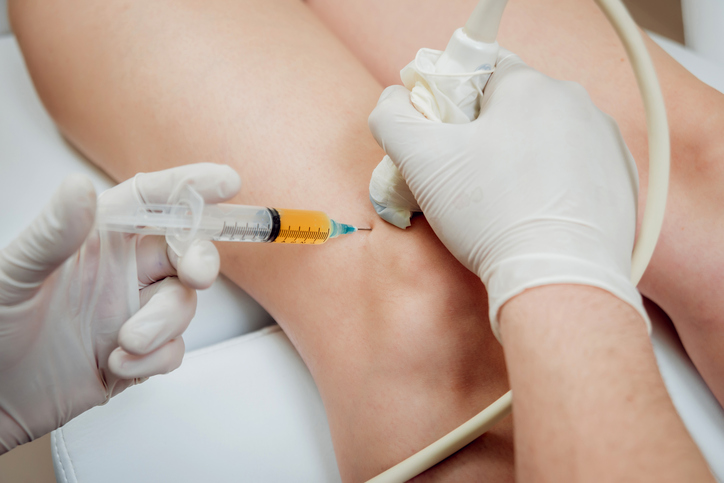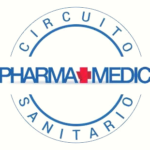Stem cell therapy is one of the most promising fields of research in medicine today.
Stem cell therapy or regenerative therapy can regenerate specific cells and organs, such as those of the heart, liver, bone, cartilage or nervous system. That is why it is considered a transcendental advance in medicine.
It is important to know that stem cells can be obtained from different sources, such as bone marrow, peripheral blood, skin or the placenta. However, it is not a cure for all diseases.
Stem cells are used as regenerative therapy, since they are capable of replacing other cells damaged by disease, as well as curing leukemia, lymphoma or myeloma. In addition, the therapies are 100% safe.
The only stem cell-based therapy currently in use is used in bone marrow transplantation.
Procedure:
- The therapy consists of introducing the cells into a vein, very similar to a blood transfusion.
- Stem cells travel to the bone marrow, engraft, and then begin to produce new, normal blood cells.
The therapy is used to treat diseases such as:
- Blood cancers, such as leukemia
- Autoimmune diseases.
- Diabetes.
- Neurodegenerative diseases, such as Alzheimer’s disease or Parkinson’s disease.
- Heart disease.
- Stem cell therapy can be controversial because it uses embryonic cells, which may be linked to abortion policy.
- In the future, gene therapies may be used to prevent, treat, or cure certain inherited disorders, such as cystic fibrosis, alpha-1 antitrypsin deficiency, hemophilia, beta thalassemia, and sickle cell disease.
Risks:
- Even if they are manipulated in a laboratory, they are not risk-free.
- They can cause unwanted effects such as infections, immune reactions, or even tumors.
- The body is smart and senses these cells as foreign, triggering an immune response.
- The donor’s immune cells can attack certain organs, most often the skin, gastrointestinal (GI) tract, and liver.
- This can change the way organs function and increase the risk of infection.
- Treatment effects may include hair loss, rash, swelling, weight loss or gain, and decreased sex drive.
- These changes can affect the way you feel about yourself as well as your relationships with others.
Advantages:
- If you survive the first 2 to 5 years after stem cell transplant, the overall 10-year survival rate is close to 80%.
- As long as symptoms are controlled and the immune system remains functioning and healthy, long-term survival is possible and common.
- Fortunately, most patients do not require multiple treatments. For this reason, you begin to notice the benefits of therapy right away. • Stem cell treatments are becoming more common and offer good results in the treatment of musculoskeletal disorders. They are also minimally invasive treatments that can improve the patient’s quality of life.
- The treatment is carried out in a single session and its effects on pain and mobility improvement begin to be noticed after approximately eight weeks. In fact, it is during this time that cell proliferation and stimulation naturally begin.
Disadvantages:
- Infection is one of the most common early side effects of a stem cell transplant.
- It occurs because the white blood cell count is very low and the immune system is weak.
- Bacterial infections are the most common.
- Viral or fungal infections may also occur.
- Eligibility criteria exclude people with a history of bone marrow cancer, active infections, cancer. Also, severe anemia or blood-related diseases.
- Some problems may arise up to a year or more after the stem cell infusion. Recommendations:
- After stem cell treatment:
- It is best to avoid physical exercise for a week after treatment and use that time to rest and relax.
Stem cell therapy is therefore a promising field of research with the potential to change medicine. However, remember to be cautious and look for a stem cell treatment that has been tested in clinical trials.








